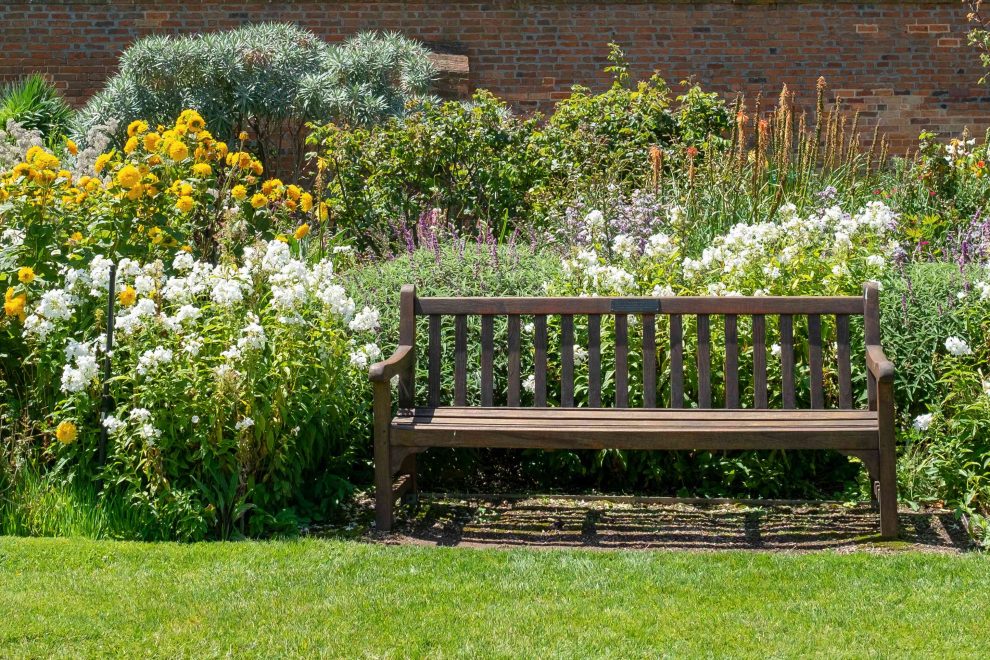Gardening is a popular hobby that not only provides an opportunity to connect with nature, but also allows individuals to grow their own fruits and vegetables, beautify their surroundings, and improve their mental and physical health. However, for beginners, starting a garden can be a daunting task, especially if they are not familiar with the basics of gardening. This guide aims to provide helpful tips and advice for beginners who want to start their own garden and enjoy the many benefits that come with it.
I. Choosing the Right Location
The first and foremost important step in starting a garden is choosing the right location. The location of your garden will determine the type of plants you can grow, the amount of sunlight and water they will receive, and the overall success of your garden. Here are some factors to consider when choosing a location for your garden:
* Sunlight: Most plants require at least six hours of direct sunlight per day. Choose a location that gets plenty of sunlight, but also consider the shade patterns throughout the day to ensure that your plants will receive enough light.
* Soil: The quality of the soil is crucial for the health and growth of your plants. Look for a location with well-draining soil that is rich in organic matter. Avoid areas with poor drainage or soil that is too dense, as this can lead to waterlogged soil and root rot.
* Water: Your garden should be located near a water source, such as a hose or a watering can. Avoid areas that are prone to flooding, as this can damage your plants.
* Accessibility: Choose a location that is easily accessible, so you can tend to your garden regularly without straining your back or knees.
* Wind: If you live in an area with strong winds, choose a location that provides some protection from the wind, such as a fence or a wall.
II. Preparing the Soil
Once you have chosen the right location, it’s time to prepare the soil. The soil is the foundation of your garden, and preparing it properly will ensure that your plants have the best chance to grow and thrive. Here are some steps to follow:
* Test the pH level: The pH level of your soil determines the acidity or alkalinity of the soil. Most plants prefer a slightly acidic to neutral soil pH (between 6.0 and 7.0). Test the pH level of your soil and adjust it accordingly.
* Add organic matter: Organic matter, such as compost or well-rotted manure, improves the structure and fertility of the soil. Add a 2-inch layer of organic matter to the top of your soil and mix it in well.
* Remove debris: Clear the area of any debris, such as rocks, twigs, and weeds. You can use a garden fork or spade to remove larger debris, and a hand trowel or cultivator to remove smaller debris.
* Till the soil: Till the soil to a depth of 8-10 inches to loosen it and remove any clumps. You can use a garden tiller or a shovel to till the soil.
* Rake the soil: Use a garden rake to smooth out the soil and create a flat surface.
III. Choosing the Right Plants
Choosing the right plants for your garden is essential for its success. Consider the climate, soil type, and amount of sunlight in your area when selecting plants. Here are some tips to help you choose the right plants:
* Native plants: Choose plants that are native to your area, as they are better adapted to the local climate and soil conditions.
* Companion plants: Some plants grow better when planted together. Research companion planting to ensure that your plants are compatible.
* Easy-to-grow plants: If you’re a beginner, choose easy-to-grow plants, such as tomatoes, peppers, and herbs. These plants are relatively easy to care for and will give you a sense of accomplishment.
* Perennials: Perennials are plants that come back year after year. Consider planting perennials, such as flowers, shrubs, and trees, to add variety to your garden.
IV. Watering and Irrigation
Watering and irrigation are crucial for the health and growth of your plants. Here are some tips to help you water and irrigate your garden effectively:
* Water deeply: Water your plants deeply, but infrequently, to encourage deep root growth. Avoid frequent shallow watering, as this can lead to weak and shallow roots.
* Mulch: Mulch around your plants to retain moisture in the soil and reduce evaporation.
* Drip irrigation: Drip irrigation is a water-efficient way to water your plants. It delivers water directly to the roots of the plants, reducing waste and runoff.
* Rain barrel: Consider installing a rain barrel to collect rainwater and use it for irrigation.
V. Pest and Disease Management
Pests and diseases can damage your plants and reduce their yield. Here are some tips to help you manage pests and diseases in your garden:
* Identify the problem: Identify the pest or disease affecting your plants. Research the symptoms and damage caused by the pest or disease to determine the best course of action.
* Use natural methods: Consider using natural methods to control pests and diseases, such as introducing beneficial insects, using organic pesticides, or practicing good sanitation.
* Avoid chemicals: Avoid using chemical pesticides and fungicides, as they can harm the environment and human health.
* Monitor regularly: Monitor your plants regularly for signs of pests and diseases, and take action quickly to prevent them from spreading.
VI. Harvesting and Enjoying Your Crops
The moment of truth has arrived – it’s time to harvest your crops! Here are some tips to help you harvest and enjoy your fruits and vegetables:
* Timing: Harvest your crops at the right time to ensure they are at their best. Research the ideal harvesting time for each crop to avoid over- or under-ripening.
* Storage: Store your harvested crops properly to extend their shelf life. Research the best storage methods for each crop, such as refrigeration, freezing, or drying.
* Preservation: Preserve some of your crops for later use by canning, freezing, or dehydrating them.
* Enjoy: Enjoy the fruits of your labor! Share your harvest with family and friends, or enjoy it yourself.
VII. Conclusion
Starting a garden can be a rewarding and enjoyable hobby, but it requires some knowledge and preparation. By following the tips and advice in this guide, you can ensure that your garden is a success and enjoy the many benefits that come with it. Remember to choose the right location, prepare the soil, choose the right plants, water and irrigate effectively, manage pests and diseases, harvest and enjoy your crops, and always keep learning and improving your gardening skills. Happy gardening!



















Add Comment